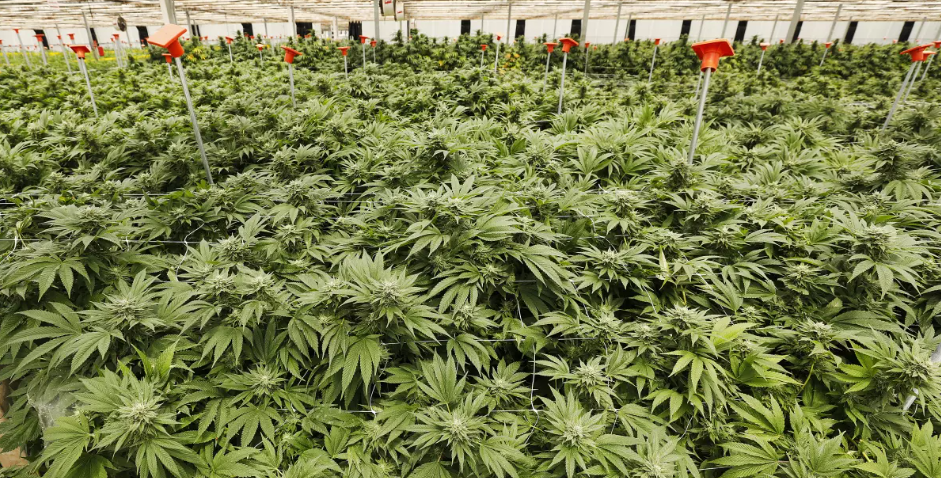
Yesterday was World Environment Day.
On this international holiday, we celebrate the land, sea, and sky that make it possible for us to live. Which means there’s literally no better time to bring up one of the most under-discussed aspects of the marijuana crisis: Its horrific environmental impact.
Below are some handy facts that everyone concerned about the climate — and who wants to know the ugly truth about marijuana — should keep in mind all year.
Let’s start with a big one . . .
Marijuana production is nearly four times more energy intensive than coal or oil production
You read that right. The stuff that advocates insists is all-natural and totally harm-free is in fact a massive energy suck. Yes, there’s a difference in scale: The world needs fossil fuels to keep the lights on. But the flower and edibles and extract that people shout aren’t hurting anybody are driving carbon output, big time. Per the Washington Post, it’s more energy intensive than bitcoin mining.
One joint represents 1.5 kg of CO2 emissions, the same as keeping a 100-watt bulb on for 25 hours
It’s not just the growers who are pumping out carbon. It’s the smokers, too. Think about how much energy is wasted on making sure smoke gets into marijuana users’ bodies. And while you’re thinking about that, think about all the damage it does once it’s there: A recent study from the University of California-San Francisco found that marijuana users have worse cardiovascular health than non-users regardless of whether they smoke it or use edibles.
Growing 1kg of marijuana indoors releases 4.6 metric tons of CO2, comparable to a passenger car over a year
Start your engines, everyone: As bad as the light-bulb stat above is, this is far worse. Every kilo of marijuana grown indoors is basically the same as a car on the streets for a year. New York state thinks cars on the street are bad enough that they need to be taxed into oblivion. But marijuana? All green lights . . .
Marijuana needs way more water than other crops
In yet another blow to the “marijuana is in harmony with nature” argument, marijuana tops out the list of wheat, corn, soybeans, cotton, and rice in terms of average highest daily water demand in gallons per square foot of coverage.
90% of illegal grow sites in California contained lethal, controlled, or banned pesticides
It shouldn’t surprise anyone that people willing to break the law and grow marijuana illegally in states that already have a permissive legal regime would also be willing to flout the laws that protect the environment and the health of the people who live in it. It’s gotten SO bad one county wants to declare a public health emergency.
All of which makes clear that there’s one easy way people around the country can celebrate World Environment Day: Stop using marijuana, stop growing it — and stop enabling the people who want to make it into the next Big Tobacco.
Want to learn more about marijuana? Visit Smart Approaches to Marijuana for a wealth of resources and information to help you make better decisions and help those around you do the same.
